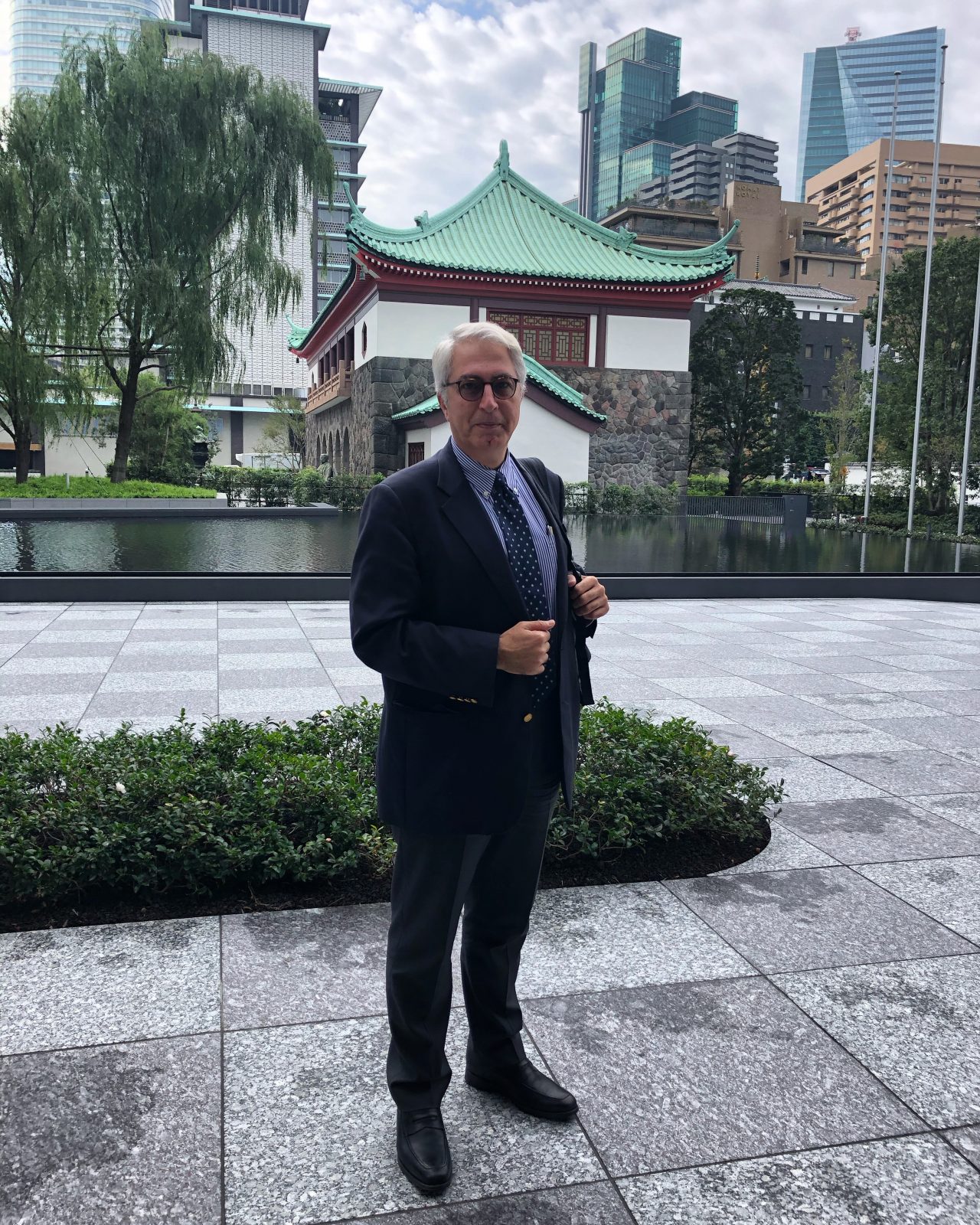

Japan has been the focus of several significant political events in 2019. The abdication of Emperor Akihito leaving the Chrysanthemum Throne to his son, the new Emperor Naruhito was important for starting a new era and reflecting rather domestic challenges of Japan. And the G20 Summit and peripheral conferences were important mostly due to their potential consequences in world politics and economy. It also highlighted certain international challenges.
That is why the “Japan Up Close” program in the “Building a Multi-layered Network of Japan Experts” framework has been a timely and unique opportunity for me to have a closer look to Japan’s today and near future.
The abdication of former Emperor Akihito at the age of 85, the first such a move after more than 200 years, was due to his “failing health conductions” which no longer allowed him to fulfil his duties. This might also be seen as a subtle attribution to one of Japan’s most serious social problems: the ageing problem in a post-industrial society. According to official figures, the number of people older than 100-years-old is more than 71 thousand (88 per cent of whom are women) among Japan’s population of more than 126 million people. Life expectancy in Japan was measured as 50 for men and 54 for women in 1947, right after WWII; in 2018 the figures were more than 81 for men and 87 for women, mainly due to advancements in medicine, awareness of healthy living and the delicious Japanese diet. (Pleasese click on for the full story.)


